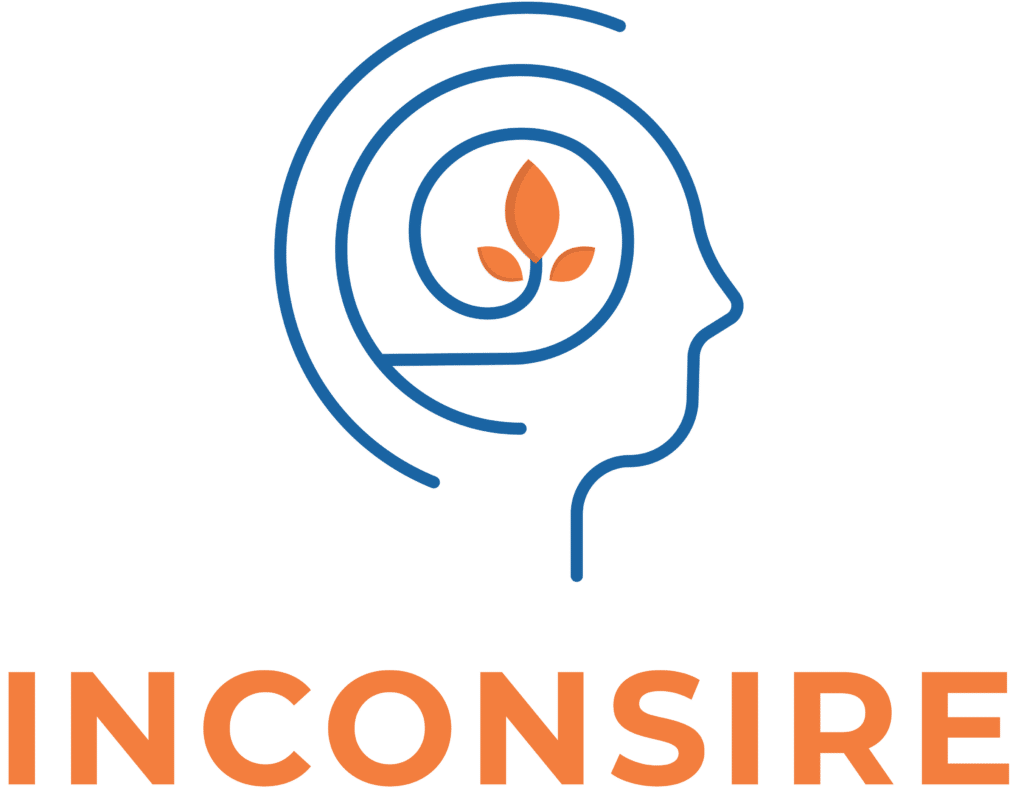Visualization is a technique used to achieve a state of awareness or presence in the moment. It involves using the imagination to create mental images that can help us attain well-being, focus, motivation toward a goal, or clarity when experiencing mental unrest.
The practice of visualization is rooted in mindfulness principles, which involve being fully present and aware of the moment. By focusing on mental images, we can train our minds to stay in the present, helping us define and interact with the world we want to create.
How to Get Started with Visualization
Before diving into different types of visualizations and their benefits, we need to practice essential aspects. If you’re new to visualization, it’s important to master calmness and detaching from intrusive thoughts. It’s also worth noting that mindfulness doesn’t always come instantly when we first attempt visualization.
Disarm and Dismantle Thoughts
When preparing for a session, intrusive thoughts can interrupt our flow into a state of presence. Our thoughts influence our actions and emotions. If we feel resistance or struggle to focus, we should acknowledge our thoughts and prevent them from taking control. We can disarm and dismantle irrational and irrelevant thoughts by consciously accepting and recognizing their presence—while understanding that they are not the focus right now. This allows us to set them aside as we concentrate on achieving mindfulness and presence.
Be Open-Minded
Having an open mind (being willing to consider new ideas) helps us when facing resistant thoughts. If we resist something we don’t want to do, our mind will try everything to avoid it. Distractions like social media, music, or television can easily occupy our minds when we lack engagement. Approaching visualization with negative intentions leads to unproductive results and affects our mindset unconsciously. With practice, we can achieve better outcomes from mindfulness practices like visualization by approaching them with an open mind.
Be Patient and Consistent
When starting with visualization, our minds may feel unsettled. We often expect immediate results, but they aren’t always available. Visualization is like training for martial arts or working out at the gym. If we remain patient and consistent, our sessions will yield incredible results that enhance our mindfulness and presence.
Types of Visualization
Visualization techniques share a common goal: helping individuals gain clarity and awareness of the present moment. The key to a good visualization practice is finding a method that resonates with you and fits into your daily routine.
Guided Visualization
If you’re new to visualization, starting with a guided session is a great idea. Any visualization, from themes like gratitude to envisioning your future self, can be guided. Guided visualizations help direct our focus when visualizing and provide a structure for our minds to follow in the beginning.
The most important aspects of guided visualization are focus, listening, and being open-minded. Visualization requires a level of spiritual understanding that we need to accept and embrace to maximize our sessions. When we remain open-minded, we also find it easier to follow the guidance.
A guided visualization requires full concentration. Sometimes, we may lose focus or let our thoughts wander. However, the more we practice focusing and listening, the better our sessions will become.
Creative Visualization
The goal of creative visualization is to gain clarity about a specific purpose or goal. It helps us stay present with our future aspirations, focus on what needs to be done now, and stay motivated when we lose sight of our purpose. Creative visualization can also help us discover a sense of meaning by imagining ourselves in situations that bring us happiness and fulfillment.
When using visualization to achieve a goal, it’s crucial to set a clear purpose. This means finding joy and meaning in the process of reaching the goal rather than just the outcome. We find purpose in the present moment when we find meaning and happiness in what we do—this is what creative visualization can help us with.
Physical Visualization
This type of visualization can help us enhance our body awareness (the conscious connection between mind and body) and our senses. Physical visualization can be applied in various situations, from social settings where we anticipate future events and how we’d like to behave in them to heightening our senses (sight, smell, hearing, taste, and touch) and understanding how they affect us.
Physical visualization helps improve our physical well-being. It enables us to recognize when we feel energized and boosts our energy levels. It also helps us connect with our bodies and understand how we want to feel physically.
Benefits of Visualization
Practicing visualization offers numerous mental and physical benefits that we can apply in our daily lives. Like any other mindfulness practice, the primary goal of visualization is to increase awareness of the present moment, allowing us to gain mental clarity. Mindfulness practices aim to integrate all aspects of life, resulting in a clearer understanding of what we want from life. Visualization enables us to use our imagination to envision how we want to pursue our goals.
Reduced Anxiety and Stress
Visualization can help reduce stress by promoting relaxation and calmness. By creating a peaceful and positive mental image, we can ease feelings of anxiety and stress.
Improved Focus
Visualization enhances focus and concentration by training our minds to stay present. This can be especially beneficial for those who struggle with distractions or find it difficult to maintain focus.
Enhanced Well-Being
Visualization contributes to overall well-being by fostering positive mental states and emotions. It can boost self-confidence, encourage feelings of gratitude, and cultivate a more optimistic outlook on life.
Increased Creativity
Visualization stimulates creativity by encouraging us to use our imagination to explore new ideas and possibilities. This can be particularly useful for individuals in creative fields or those looking to develop new ideas or projects.
Better Performance
Visualization can improve performance by mentally rehearsing positive outcomes and envisioning success. This technique is especially valuable for athletes or individuals who need to perform under pressure.
